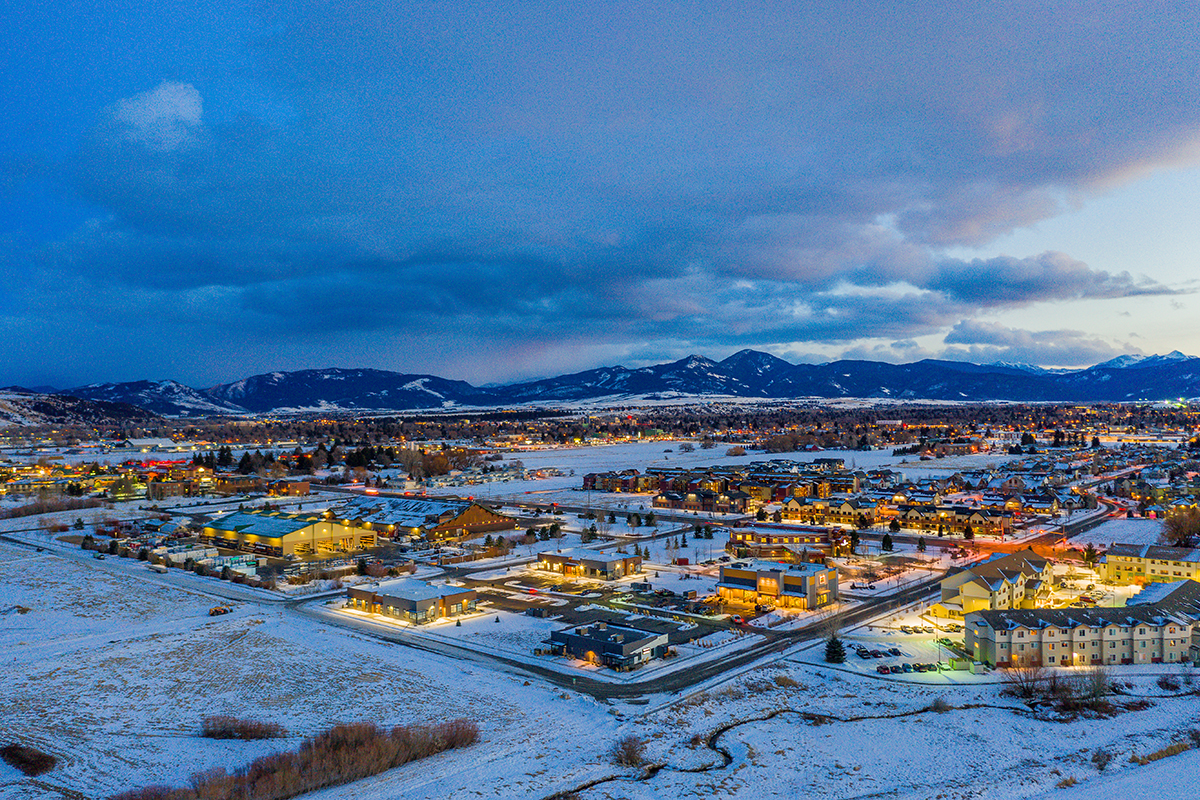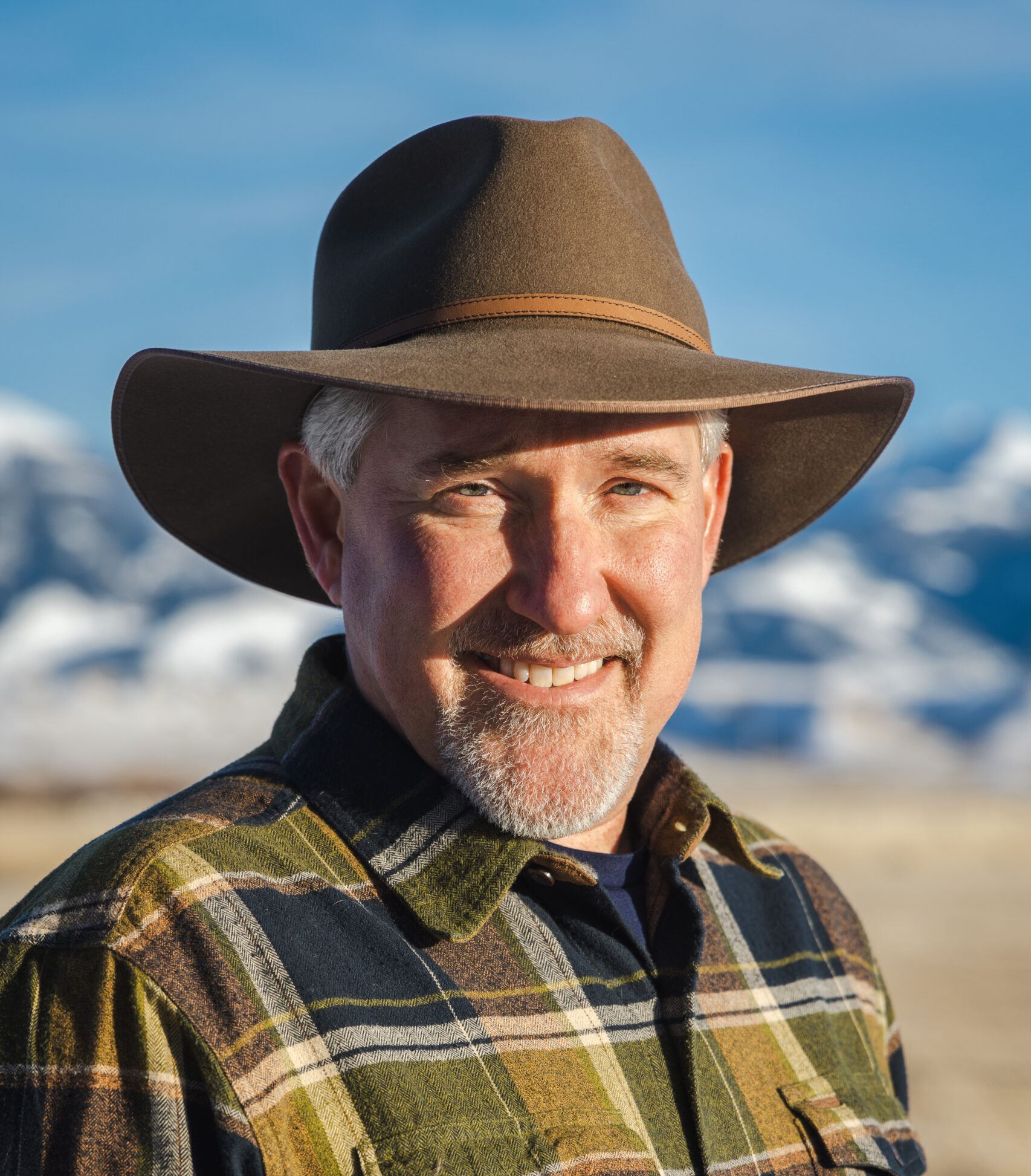The American West has always been a place of allure. For Montana, that’s never been the case more than this past year. Several recent national news profiles of the Treasure State have put an exclamation point on what those of us who live here already knew.
One story in The Washington Post described how weary city dwellers from the coasts are creating a “property gold rush” in PERC’s hometown of Bozeman. The median price of a single-family home here increased by a stupefying $94,000 in one month this summer. Another story in The New York Times discussed the impact those same pandemic-fatigued urbanites are having on Montana’s forests and rivers, creating what some have called “Rivergeddon.” I saw it myself on the Madison River this past July 4th when a nonstop flotilla of rafters and tubers looked like a human caddisfly hatch all matted together.
Then there is the story of three men who were caught in August boiling chickens—of all things—in one of Yellowstone’s thermal hot spring features. It seemed the perfect metaphor for the “Summer of Yellowstone.” Even without the annual influx of international tourists, the park set several monthly visitation records. September was up 21 percent from last year, while October visitation was up 110 percent. With Covid-19 surges and social unrest in many American cities, it’s hard to tell at this point if this western fascination is an aberration or an acceleration.
But there are other underlying signals that it is the latter. Even before 2020, one of America’s top-rated television shows was the series “Yellowstone,” featuring Kevin Costner alongside abundant Montana scenery. That was followed this fall by what ABC hopes is its next blockbuster, “Big Sky,” also set in Montana. Both serve as modern-day versions of the 19th-century dime store novel, fueling the West’s allure at just the right (or wrong) time. Even Kanye West has moved to the windswept outpost of Cody, Wyoming.
As well, these new westerners are not moving to the region to harvest timber, extract oil, or raise cattle. They are moving for outdoor recreation opportunities, which will place a novel kind of strain on the West’s public lands and their long-neglected infrastructure.
The resurgence of the Wild West in pop culture, compounded by recent events, is making for yet another historic wave of emigrants. If you count Texas as part of the West, eight of the 10 fastest growing U.S. cities over the last decade are in this region. Among our nation’s small cities and towns, those in the West led with 13 percent growth. One of the primary impacts of this next wave will be, and already is, on the landscape’s natural resources.
Wildfires are to our western forests what hurricanes are to the South. According to the analytics firm ClimateCheck, the 27 riskiest counties for wildfire in the United States are in California, Idaho, Oregon, Washington, or Utah. Fueling this risk, newcomers will continue to expand the wildland-urban interface.
As well, these new westerners are not moving to the region to harvest timber, extract oil, or raise cattle. They are moving for outdoor recreation opportunities, which will place a novel kind of strain on the West’s public lands and their long-neglected infrastructure. They will also demand less of the Old West’s extractive activities, jeopardizing the very sources of funding for conservation. Creative alternatives will be needed.
Finally, while many species of wildlife have made amazing comebacks in the West, growth and development will affect large mammals, including the elk, pronghorn, and mule deer that migrate over the region’s vast landscapes. Fragmentation of ranches and other rural lands will prove to be obstacles for the health of these animals.
But the American West is not the only place in transition. As Washington, D.C., prepares for a new administration from a different political party, these emerging issues will find their way to the top of the agendas in the Department of Agriculture, Environmental Protection Agency, and the Department of the Interior, often referred to as the Department of the West.
In this, there are opportunities for free market environmentalism. After all, markets are agnostic. They are neither Republican nor Democrat. They reflect the time and location preferences of people. And, perhaps counterintuitively for many, they can be a well of solutions for the next administration, especially as the market in the West tilts toward conservation and recreation as uses.
While Washington should not be the first place we look to solve western issues, getting the institutions and policies right at the federal level to enable market-based solutions is an absolute necessity. For example, as Shawn Regan notes, conservationists for generations have been prohibited from acquiring leases to energy, timber, or grazing resources for conservation purposes. The rules of the game should be changed to better resolve disputes over land use.
And as fossil fuels face an uncertain future, along with the revenue they bring to conservation programs, we should look to a different market—the booming outdoor recreation economy and its participants—to help contribute to the wealth and health of our public lands, much like hunters and anglers do for wildlife. Jack Smith and Tate Watkins offer several ideas to enhance the future of outdoor recreation on public lands.
Climate change will be a priority for the incoming administration. Climate impacts to our nation’s forests should be addressed too. But our forests need to be better managed—now. A forthcoming report from PERC, “Fixing America’s Forests,” will provide a common-sense, bipartisan playbook. As Jonathan Wood explains, one answer is this: The Forest Service needs greater flexibility, and fewer barriers, to tap private and public partners who can help its efforts with this daunting challenge.
And then there is the incoming president’s ambitious plan to conserve 30 percent of America’s lands and waters by 2030. Private lands can be an ally here. While not government owned, hundreds of millions of acres of working lands already provide prime conservation benefits and habitats for wildlife. That should not change. But it could be further encouraged through markets. There is great potential to “turn conservation into a crop” for working farms and ranches.
These are just a few frontiers of conservation that free market environmentalists and the next administration could work together to advance. As longtime Montana rancher and PERC senior fellow P.J. Hill rightly points out, life in the West requires constant adaptation. The same can be said for the policies that impact this noble land.




